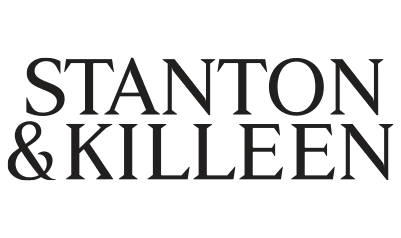Some of the most sustainable things we’ve achieved this year haven’t been big ticket items like solar or new winery insulation, rather it has been small incremental changes that have made a huge difference. They aren’t especially glamourous or exciting, however over the working week at S&K these collective changes are having a great impact.
Here’s our update across the six different focus areas of Sustainable Winegrowing Australia: Land & Soil, Water, People & Business, Biodiversity, Energy and Waste. You’ll notice there is a lot of overlap with these areas – a positive change in one area often links it with another.
ENERGY:
Layout efficiency: In 2021 and 2022, we made some big investments in the winery including 54kw of solar, a misting system for the refrigeration unit, custom steel modifications and improvements to our production equipment, new insulation around the brine pipes and insulating the northern wall of our temperature-controlled barrel room. However, one type of energy usage is harder to track: human resources. We reconfigured the winery layout just before Vintage 2022, improving energy usage, wine quality and making tasks much faster. Vintage 2023 gave us another year to test the layout and improve it even further. The new layout of our winery means not only are we using less power to process grapes and make wine, it also means a task is easier and faster to complete. This really helps during our long vintage season (usually January/February to May for S&K). Although our production team members were still tired by the end of Vintage 2023, I noticed that it ran much more smoothly than previous years.
PEOPLE & BUSINESS:
Safety: Although not technically a tenet of sustainability, we have found that improving our standards of OH&S has been highly relevant with our membership to Sustainable Winegrowing Australia. We’re always thinking about how we can do things better, and some changes such as the new winery layout or developing new tourism experiences, has meant that we’re now a safer site for both team members and customers.
WASTE:
Our Waste Management Plan is simple – it revolves around what kids are taught in schools. Reduce, recycle, reuse, repurpose and refuse. We do our best to recycle as many waste streams as possible (glass, cardboard, soft plastics, chemical drums etc.) however our focus for 2023 has been looking at items lying around the farm and how to give them new life. For example, Scott and Marie are building a greenhouse/outdoor work area using materials we already have and are fixing up old trailers once destined for scrap metal. We donated our old broken fruit bins and pallets to the Rutherglen Men’s Shed – they will repurpose them into projects like veggie beds or cubby houses, or break them down into kindling which is sold locally. This year, I’m really excited about using our old rusty gates and fencing to create new biodiversity habitats, especially around our dams and remnant vegetation. Have a look at sustainablefarms.org.au to learn more.
LAND & SOIL and BIODIVERSITY:
I’ve put these two categories together because I feel you can’t have one without the other. These areas often take many years of improvements to reach the ideal site. Our land and soil, and biodiversity projects are getting a big focus this year with cover cropping, undervine straw mulching and establishing native insectariums (as well as enhancing our dams mentioned above). The straw mulching has another layer of sustainability: our neighbour and SWA certified vigneron, Joel Chambers from Lake Moodemere Estate, will be using his straw mulching machine and straw from his Rutherglen farm to do this project. The vision for S&K is to increase the amount of native flora and fauna with a whole-of-system mindset where whatever we take out, we are putting back in, and that every aspect affects each other. For example, beneficial insects and small birds can help with pest management and natural methods of fertilization such as cover cropping can increase yield and protect soil structure. Ultimately, we want to create healthier soils so that the property is more resilient during challenging weather such as prolonged droughts.
WATER:
We’re preparing for the next drought by improving our irrigation infrastructure. Initiatives will include upgrading to more efficient drippers and installing a pipe in our currently open water channel which will prevent leakage and evaporation. The last three years have been incredibly wet; it gave us great insight into how we can better manage rainfall when it arrives in large amounts (something predicted to increase with climate change). We tracked where the water wants to naturally run during downpours and we are going to work with the land to create better drainage and catchments to help slow down the path of water, resulting in less topsoil damage and better seepage into the ground. Enhancing the dams will also ensure there is enough water for the environment and stock during dry periods.
Finally, one of the highlights of the last six months was being a feature winery in the 2022 Impact Report from Sustainable Winegrowing Australia. We helped promote the program through media interviews. It’s so important for both businesses and customers to make it a priority and not feel that perfection is the goal. Sustainability is about the journey, not the destination; we’re big advocates for starting where you are, have a plan and don’t give up just because it feels too big.
